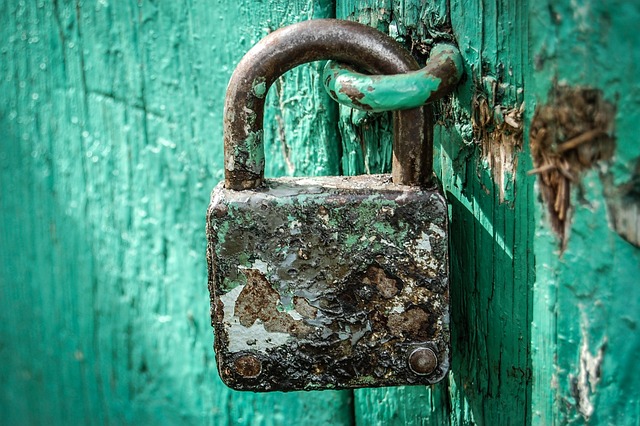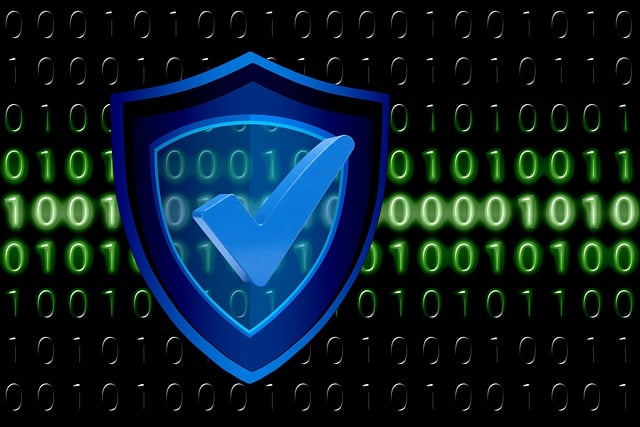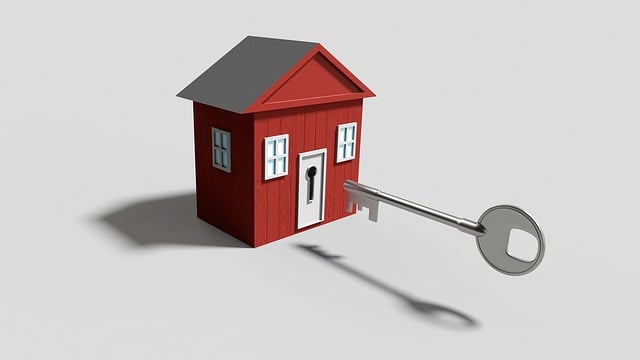Remote rural areas face challenges with traditional security due to limited infrastructure and vast distances. Motion-activated cameras offer a cutting-edge solution, providing real-time surveillance from a distance, enhancing security, and minimizing costs. These advanced devices detect movement, record high-resolution footage, and act as deterrents against intruders, particularly beneficial for areas with slower emergency response times. Implementing this system requires strategic steps such as selecting durable cameras, choosing a reliable monitoring system with encryption, testing thoroughly, and regularly updating protocols. Balancing security and privacy is crucial, ensuring strong encryption, secure network connections, and control over camera feeds to minimize false alerts while respecting privacy.
In isolated rural homes, ensuring security and peace of mind can be challenging. The remote nature of these areas often limits traditional surveillance options, leaving homeowners vulnerable. This article explores innovative solutions with a focus on motion-activated cameras tailored for rural properties. We delve into the unique challenges, highlighting the benefits of this technology in enhancing safety. Through a step-by-step guide and privacy considerations, discover how remote access surveillance can transform isolated homes, offering advanced protection without compromising tranquility.
- Understanding the Challenges of Rural Home Surveillance
- The Benefits of Motion-Activated Cameras for Rural Properties
- Implementing Remote Access: A Step-by-Step Guide
- Ensuring Privacy and Security in Remote Surveillance Systems
Understanding the Challenges of Rural Home Surveillance

In remote and isolated rural areas, ensuring effective home surveillance can pose unique challenges. One of the primary difficulties is the limited access to traditional security infrastructure. Unlike urban settings with readily available security systems and professional monitoring services, rural homes often lack these resources. This can leave them vulnerable to potential threats, such as theft or vandalism, which might go unnoticed for extended periods.
Additionally, the vast distances and sparse populations in rural regions make it more challenging to implement robust surveillance solutions. Traditional security cameras may not be sufficient due to the long-range requirements and potential for obstructed views. However, advancements in technology offer a promising solution with motion-activated cameras designed specifically for rural properties. These innovative devices can help overcome these challenges by providing remote access to real-time surveillance capabilities, ensuring that even the most isolated homes can maintain a heightened state of security.
The Benefits of Motion-Activated Cameras for Rural Properties

Motion-activated cameras offer a game-changing solution for those living in isolated rural areas, providing peace of mind and enhanced security. These advanced devices are designed to detect motion, triggering video recording or live streaming only when movement is sensed, which is particularly beneficial for remote properties where constant surveillance isn’t feasible. This feature ensures that homeowners can monitor their land effectively without incurring the costs and environmental impact associated with constant camera operation.
For rural residents, these cameras can act as a powerful deterrent to potential intruders, as they provide clear evidence of any unauthorized entry attempts. With high-resolution footage and infrared technology, motion-activated cameras capture detailed images, even in low-light conditions, allowing homeowners to identify visitors or suspicious activities promptly. This early detection capability is invaluable for rural communities where emergency services might take longer to respond.
Implementing Remote Access: A Step-by-Step Guide

Implementing remote access surveillance, especially for isolated rural homes, involves several strategic steps to ensure effective security. Start by selecting high-quality motion-activated cameras designed for outdoor use and capable of withstanding varying weather conditions. Place these cameras at key locations around your property, focusing on entrances, exits, and areas prone to unauthorized access. Ensure they have clear lines of sight and are well-hidden to deter potential intruders.
Next, choose a reliable remote access monitoring system that allows you to view live feeds and receive alerts from your cameras remotely. Set up a secure network connection between your cameras and the monitoring system, ensuring data encryption for privacy protection. Test the system thoroughly, checking camera angles, alert sensitivity, and internet connectivity for seamless operation. Regularly review and update your security protocols, including access permissions and camera positioning, to adapt to changing needs and potential threats.
Ensuring Privacy and Security in Remote Surveillance Systems

In the realm of remote surveillance for isolated rural homes, balancing security and privacy is paramount. When employing motion-activated cameras for rural properties, it’s crucial to implement robust encryption protocols and secure network connections to safeguard personal data from unauthorized access. These systems should be designed with privacy-focused features, allowing homeowners to control camera feeds and set specific activation zones to minimize false alerts and respect the natural environment.
Additionally, regular maintenance and updates are essential to keep remote surveillance systems secure. Homeowners should ensure their devices have the latest firmware, which often includes security patches to protect against vulnerabilities. It’s also advisable to utilize strong, unique passwords for each camera and monitor access, enabling control only through authorized devices or platforms.
Remote-access surveillance systems, particularly those utilizing motion-activated cameras for rural properties, offer a modern solution to the unique challenges faced by isolated homeowners. By implementing these innovative technologies, residents can gain peace of mind and enhanced security without sacrificing privacy. With proper setup and consideration, as outlined in this guide, individuals can navigate the world of remote surveillance effectively, ensuring their rural homes are well-protected.
